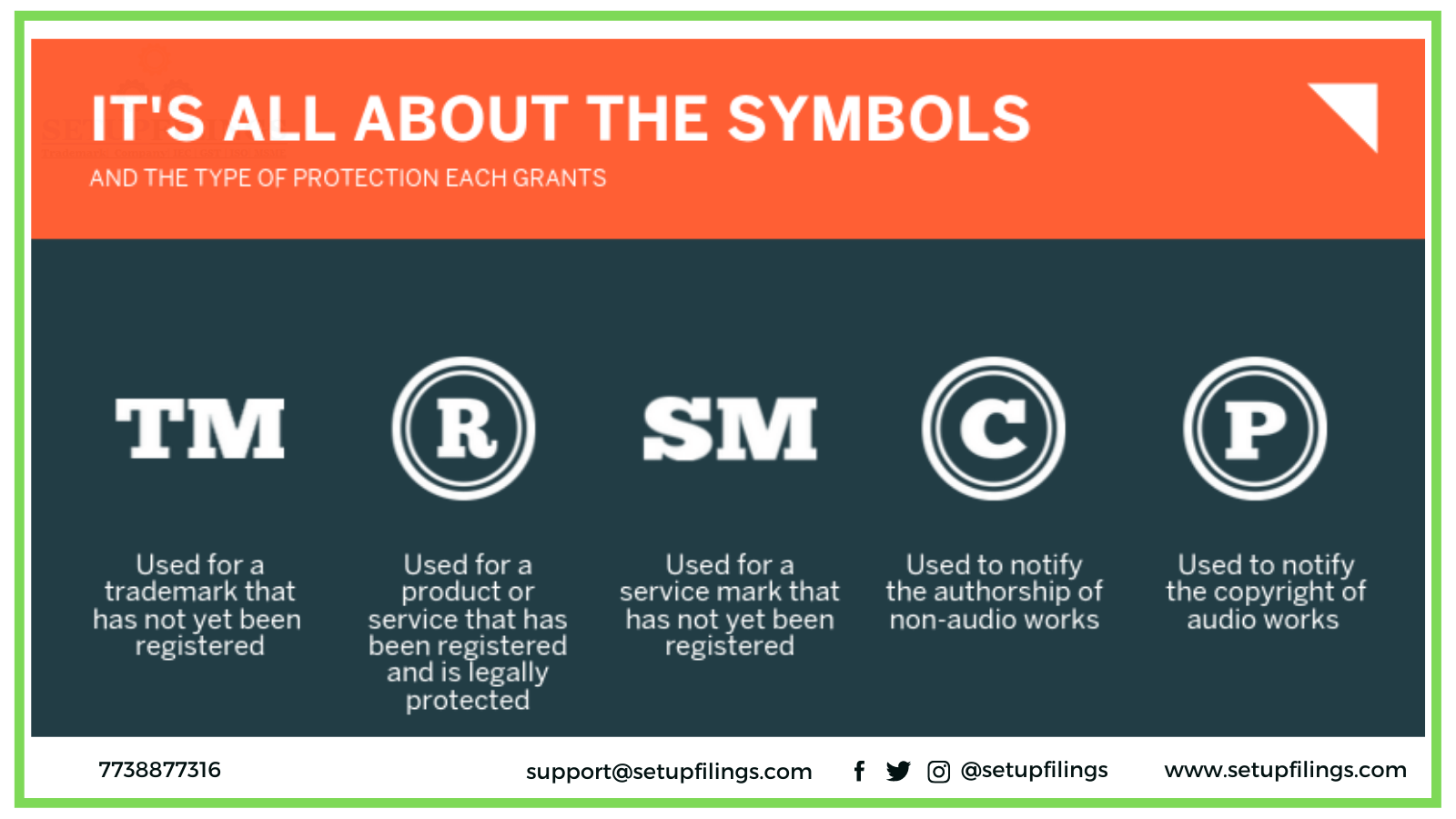
Trademark Opposition under Indian Trademark Law
Before delving into trademark opposition processes, it would be beneficial to have a short glance at the basic trademark filing process in India till registration. The Registry evaluates whether a mark is unique when it examines a trademark application.
If an examiner thinks the trademark noteworthy and there are no identical trademarks in the Trade Register, the trademark will be accepted and published in the Trademarks Journal. Third parties have the ability to object to the brand three months after it is published. An applicant is someone who applies. Continue reading to understand more about opposition trademarks, notice of opposition trademark example in India, and so on.
What Is Indian Trademark Opposition?
When the Registrar accepts your trademark application, it is published in the trademark journal. When it is open for inspection, a third party may inspect it for four months. Your opponent’s end goal is to prevent you from registering your brand name if they believe your trademark breaches any trademark rights during this time of marketing.
Who Can File a Trademark Opposition?
According to Section 21 of the Trademarks Act of 1999, anybody can file a notice of opposition with the Registrar.
- Those wishing to object to a trademark application must file a Notice of Opposition and pay the specified fee in accordance with Section 21 of the Trademarks Act, 1999.
- Opponents are the parties who submit notices of opposition.
- The opponent is not required to have a registered trademark.
- Possible purchasers include buyers, consumers, and members of the general public.
- Because two comparable marks on the market may only mislead a subset of the public, both parties are representing themselves as well as the general public.
Advantages of Filing a Trademark Opposition
The two primary benefits of registering a trademark opposition in India are listed below
1. Highly Effective Trademark Owner Remedy
A trademark opposition is important because it permits registered trademark owners to prevent any other mark from causing confusion or hindering/diluting their brand in the market.
2. Consultation with the General Public
Because a brand is developed via public appeal, a corporation must consult the public to determine if it may register a trademark.
Documents Required to File a Trademark Opposition
It has been recommended that a Trademark opposition be filed following the publication of a Trademark in the Trademark Journal. The documents required to file a Trademark Opposition are listed below.
1. Applicant Information
- Names, residences, nationalities, and so on of applicants.
- Body corporates and other categories require a registration certificate.
2. The Durable Power of Attorney
By filing on your behalf, the attorney is able to challenge your trademark.
3. Affidavit of Support
The trademark affidavit includes fundamental trademark information as well as evidence of usage.
4. Detailed Opposition Mark
If you intend to register an objection, you must include specific information regarding the mark, such as its name and the main cause for opposition.
Trademark Opposition Grounds
Those who oppose trademark registration may do so for one of the following reasons:
- The brand in question is identical or similar to an existing registered trademark.
- Trademarks are descriptive in nature.
- The trademark has no distinguishing features.
- The trademark is regarded conventional as a consequence of the business’s established practises or the use of the current language.
- The trademark registration application contains evidence of ill faith.
- The use of the mark is prohibited by law.
- The trademark is likely to cause public misunderstanding or deceit.
- The trademark contains elements that may offend the religious emotions of any group or segment of the public.
- The Emblems and Names Act of 1950 bans the use of the brand.
Procedure for Filing a Trademark Opposition
The following are the processes to take for trademark opposition in India.
Step 1: Submit an Opposition Notice (Rule 42).
A person who wishes to oppose the Trademark Registration must file a Notice of Opposition in Form TM-O together with the statutory fee within four months of the date the advertising appeared in the trademark journal. The contact information for the opposing party, the grounds for objection, and the application against which the opposition is filed should all be included in the opposition notice. Upon receipt of the notice, the Registrar shall inform the applicant for a trademark.
Step 2: Make a counter-statement or respond to the opposition (Rule 44).
Assume the trademark applicant acknowledges any facts mentioned in the opposition notice. In that scenario, the applicant must file a counterstatement in form TM-O within two months of getting a copy of the data from the Registrar. The Registrar must deliver a copy to the opponent within two months of receiving the applicant’s counterstatement. If the applicant fails to file the counter statement within the time frame specified, the application for trademark registration will be declared withdrawn.
Step 3: Evidence of the Opposing Party (Rule 45)
The opponent must provide an affidavit supporting the objection as soon as the counter statement is received. Assume the opponent wants to rely solely on the material in the notice of objection and will not present any evidence in favour of his opponent. He must notify the Registrar in writing in this circumstance. In all other cases, presume that the opponent has dropped his opposition notice.
Step 4: Provide Evidence to Support Your Application (Rule 46)
The trademark applicant must file an intimation with the Registrar within two months after receiving the opponent’s proof/intimation, in addition to supplying evidence. Applicants who want to use the facts of the counterstatement but do not desire to provide any proof must notify the Registrar and the opponent in writing; otherwise, the Registrar will consider the application abandoned.
Step 5: Reply to Opponent’s Evidence (Rule 47)
Furthermore, the opponent will have one month after receiving the applicant’s proof to submit any further evidence. Documents that are not in English or Hindi must be translated and submitted to the Registrar, with a copy sent to the other party.
Step 6: Hearing on Opposition
After the Registrar receives evidence from both parties, the Registrar will set the initial date for the hearing. The Registrar will convene the hearing one month after receiving the first notification. The Registrar will make certain that all parties have an equal opportunity to be heard. With a valid cause, any party may request an adjournment of the hearing using form TM-M and the required fee. Each party may request a maximum of two adjournments, each lasting no more than 30 days.
Hearing Postponement
Any party may request an adjournment of the hearing by filing form TM-M with a cost of 900. If the hearing is agreeable, the Registrar will postpone it to a later date.
The Registrar of Trademarks has issued an opposition notice.
The Registrar will accept written arguments submitted by a proceeding party. After hearing both parties, the Registrar shall express his decision to them in writing. If the applicant or opponent fails to attend at the adjourned hearing date and time specified in the notice, the Registrar may dismiss the application or objection.
FAQs
Q: If my mark is not registered in India, do I have the right to submit an opposition based on my pending application and utilise it?
Ans: Using a common law of passing off, one can object to trademark applications that are pending or already in use. This legislation makes it illegal for anybody to market their goods or services as those of another and profit from it.
Q: Where should an opposition be filed?
Ans: You should file your objection notice with the trademark registrar where the opposing mark application is lodged.
Q: Do I need a Power of Attorney to file an objection to a trademark?
Ans: A power of attorney is usually necessary when submitting an opposition notice. If the POA is unavailable, it is also feasible to file it later.
Q: Is it possible to oppose a mark if it is not registered?
Ans: Even if the trademark application is pending or has already been registered, a trademark opposition might be filed. Under the common law of rights, anybody is barred from selling goods and services.
A: Can someone object to a trademark?
Ans: While anyone can submit a trademark opposition, most are filed by trademark owners or others who utilise similar marks.
Q: What happens if an opposition is submitted after three months?
Ans: When submitted after three months but before the four-month period expires, the trademark objection must be accompanied by a request for an extension.
Q: How long does it take to file a notice of opposition?
Ans: An objection notice can be submitted and prolonged by one month within three months of the trademark’s publication in the trademark journal.
Visited 108 Times, 2 Visits today




